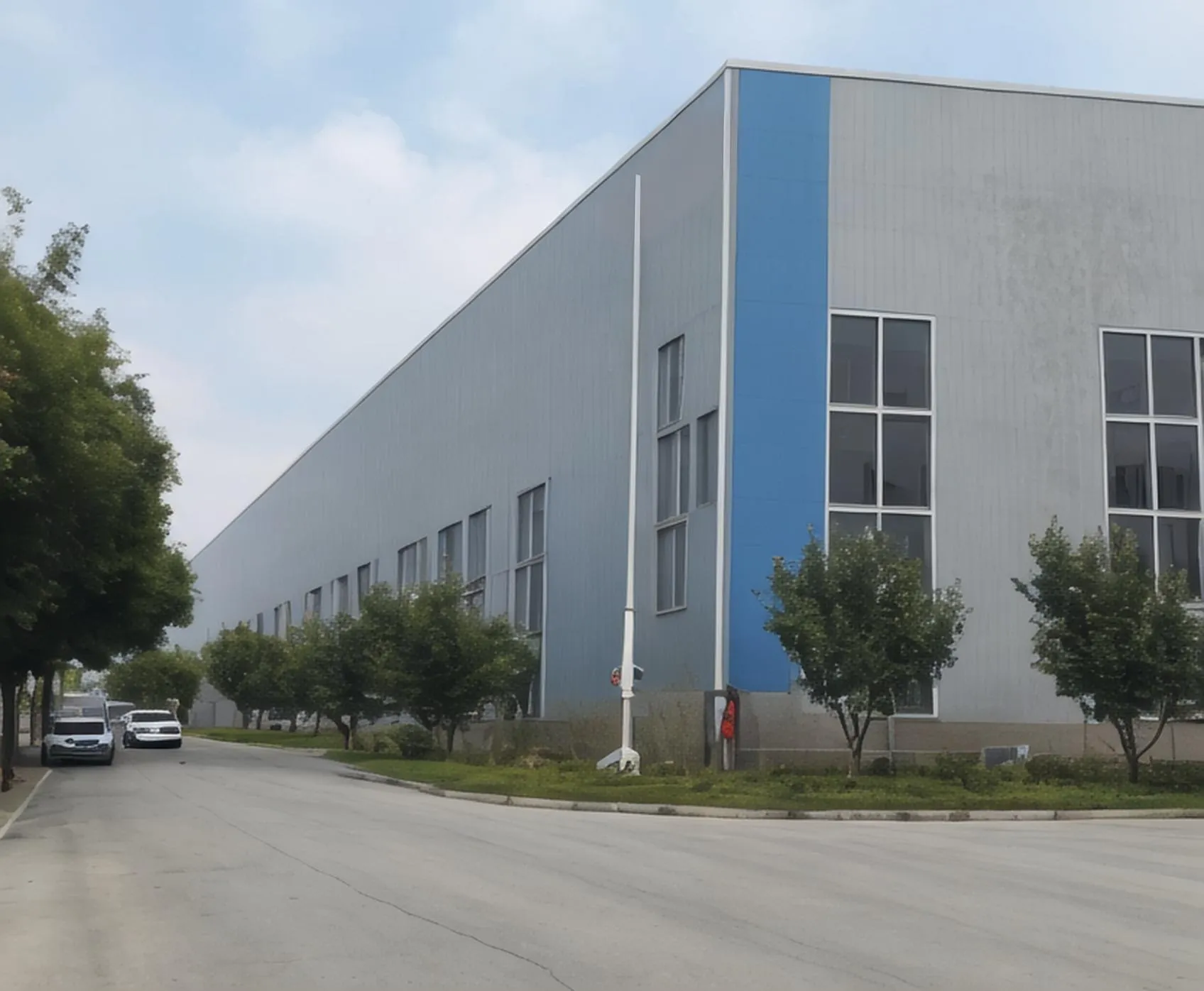
Sep . 04, 2024 16:34 Back to list
titanium dioxide in coatings supplier
Titanium Dioxide in Coatings A Key Ingredient for Quality and Performance
Titanium dioxide (TiO2) has emerged as a fundamental component in the coatings industry, playing a crucial role in enhancing the performance and aesthetic qualities of various coatings
. Recognized for its exceptional properties, titanium dioxide serves as a pigment, ultraviolet (UV) light absorber, and a performance enhancer, making it a preferred choice for coatings suppliers around the world.One of the most significant advantages of titanium dioxide is its outstanding opacity and brightness. As a pigment, TiO2 offers excellent hiding power, allowing coatings to achieve full coverage with a relatively low amount of material. This feature not only improves the appearance of coated surfaces but also contributes to the cost-effectiveness of the final product. Manufacturers can utilize titanium dioxide to formulate lower-VOC (volatile organic compounds) coatings, thereby meeting regulatory standards while providing high-quality finishes.
Moreover, titanium dioxide is celebrated for its durability and weather resistance. Coatings formulated with TiO2 exhibit enhanced resistance to chalking, fading, and discoloration when exposed to harsh environmental conditions. This makes it especially ideal for outdoor applications, such as residential houses, commercial buildings, and infrastructure projects that require long-lasting protection from UV radiation and other climatic factors. As a result, coatings with titanium dioxide are chosen for their ability to maintain their aesthetic appeal and protective qualities over time.
titanium dioxide in coatings supplier

Another critical application of titanium dioxide in coatings is its role as a UV stabilizer. When added to paints and coatings, TiO2 helps absorb harmful UV rays, which can degrade the integrity of materials and lead to premature aging. This characteristic is particularly valuable in the automotive and industrial coatings sectors, where protecting substrates from UV damage is paramount to ensuring longevity and maintaining functionality.
Coatings suppliers also benefit from the versatility of titanium dioxide, as it can be used in a wide range of formulations, including water-based, solvent-based, and high-solid coatings. This adaptability allows manufacturers to tailor their products to specific industry requirements and customer preferences. With advancements in technology, suppliers can also offer different grades of titanium dioxide, including both rutile and anatase forms, catering to diverse applications and performance needs.
In recent years, there has been a growing demand for sustainable and eco-friendly coatings. Titanium dioxide is inherently non-toxic and inert, making it an attractive choice for environmentally conscious consumers and industries. Many suppliers are focusing on formulations that not only enhance performance but also prioritize safety and sustainability, aligning with global trends towards greener solutions.
In conclusion, titanium dioxide stands out as an essential component in the coatings industry, providing significant benefits in terms of appearance, durability, and UV protection. As suppliers continue to innovate and refine their products, the role of titanium dioxide will undoubtedly remain vital in meeting the evolving demands of consumers and industries alike. Those looking for coatings that combine quality, performance, and sustainability will find that titanium dioxide is a superior choice that can enhance both decorative and protective applications.
-
Essential Guide to Calcium Powder Quotes – Pricing, Quality & Global Insights
NewsNov.24,2025
-
Reliable Anatase TiO2 Pigment Quotes for Sustainable Industry Use | CQ Titanium Dioxide
NewsNov.24,2025
-
Understanding Lithopone B311 Powder Quotes – Market Insights & Applications
NewsNov.23,2025
-
Reliable 30-50nm TiO2 Powders Quotes for Advanced Industrial Use | CQTitanium
NewsNov.23,2025
-
Comprehensive Guide on Lithopone Red Pigments Quotes | Industry Insights & Pricing
NewsNov.22,2025
-
Comprehensive Insights into the Lithopone Market: Global Trends & Applications
NewsNov.22,2025
